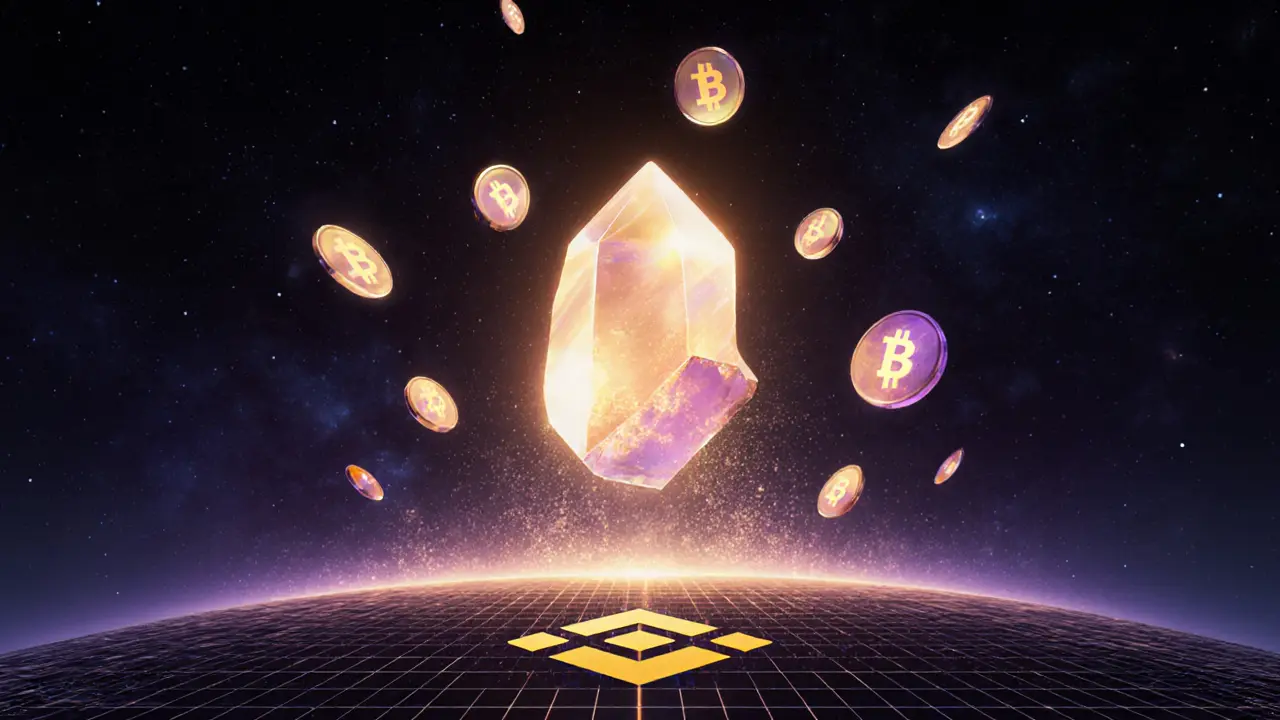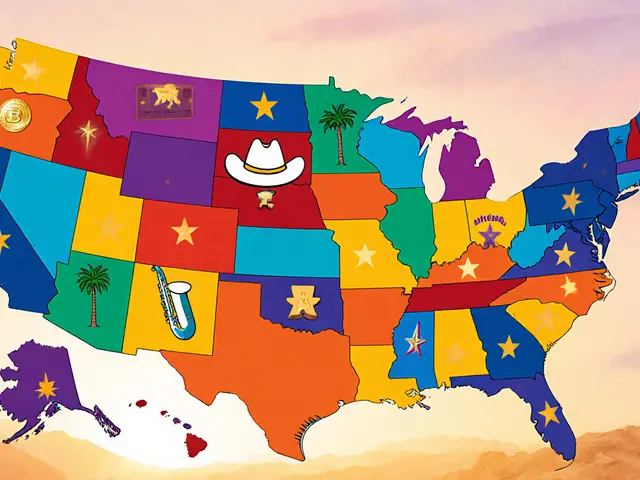Crypto Airdrop 2022: What Happened and What You Missed
When we talk about crypto airdrop 2022, free token distributions by blockchain projects to grow their user base. Also known as token distribution events, these were supposed to be the easiest way to get crypto without spending a dime. But in 2022, most airdrops weren’t free money — they were lottery tickets with terrible odds.
Projects like Numogram (GNON), a Solana-based AI token with no working product and RichQUACK (QUACK), a meme coin that ran a CMC airdrop used airdrops to create fake buzz. They didn’t care if you held the token — they just wanted you to sign up, connect your wallet, and share the link. Meanwhile, real projects like GameZone and SPAT were quietly handing out tokens to early users who actually tested their platforms. The difference? One group built something. The other just counted clicks.
Eligibility rules in 2022 were a mess. Some airdrops required you to hold a specific coin for 30 days. Others asked for your social media handles. A few even demanded you pay gas fees just to claim free tokens. And don’t get started on the scams — fake airdrop sites that stole private keys, or tokens that crashed 99% the second they launched. The blockchain airdrop, a method of distributing tokens to wallets to incentivize adoption was supposed to be fair. But in practice, it became a game only the insiders won.
Why does this matter now? Because every airdrop today carries the same risks. The same patterns. The same red flags. The 2022 wave taught us that if a project doesn’t have code, community, or a clear reason to exist, their airdrop is just a marketing stunt. You don’t need to chase every free token. You just need to know which ones are worth your time — and which ones will vanish before you even claim them.
Below, you’ll find real case studies from 2022: the tokens that went nowhere, the ones that actually delivered value, and the ones that turned into lawsuits. No fluff. No hype. Just what happened — and what you should look for next time.



